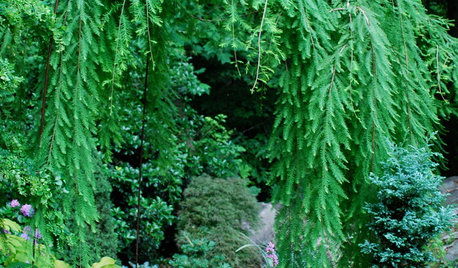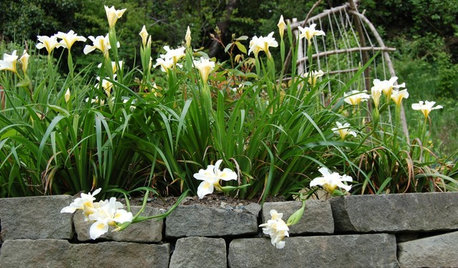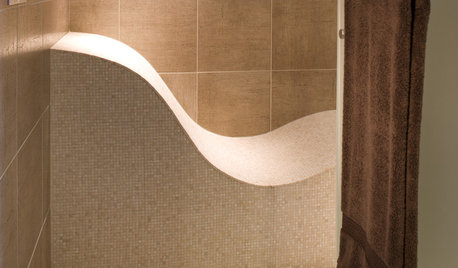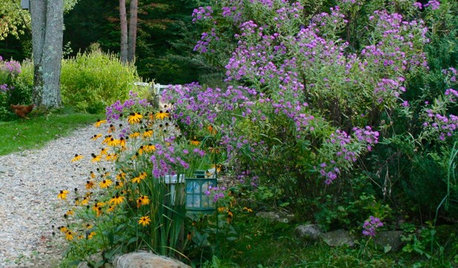Maple Fertilizer - granular 0-10-10
jkl49
12 years ago
Related Stories

FUN HOUZZ10 Things People Really Don’t Want in Their Homes
No love lost over fluorescent lights? No shocker there. But some of these other hated items may surprise you
Full Story
LANDSCAPE DESIGNThe Weepers and the Creepers: 10 Intriguing Trees for Your Garden
Bring something a little different to your landscape with a tree that dives, twists or crawls
Full Story
HOUSEPLANTS10 Top Plants to Grow Indoors
Brighten a room and clean the air with a houseplant that cascades artfully, stretches toward the ceiling or looks great on a wall
Full Story
FRONT YARD IDEAS10 Ideas for a Front-Yard Edible Garden Your Neighbors Will Love
Choosing attractive, well-mannered plants and sharing the bounty will go a long way toward keeping the peace
Full Story
GARDENING GUIDESTop 10 Native Plants for the Pacific Northwest
More than just gorgeous and adaptable, these standout plants convey a sense of place
Full Story
GARDENING GUIDES10 Cold- and Heat-Tolerant Perennials and Shrubs for the Arid West
These flowering native plants shrug off the cold of winter and heat of summer while adding beauty to the drought-tolerant landscape
Full Story
GROUND COVERSGround Force: 10 Top Ground Covers for Your Garden
Protect your soil from weeds and drought this summer with a living mulch of ground covers
Full Story
REMODELING GUIDESTop 10 Tips for Choosing Shower Tile
Slip resistance, curves and even the mineral content of your water all affect which tile is best for your shower
Full Story
GARDENING GUIDESTop 10 Native Plants for the Northeast
For a low-maintenance, wildlife-friendly landscape, use native plants adapted to the climate and range of soils in the Northeast
Full Story
COLOR10 Pair-Ups for Black in the Kitchen
Combine black with other colors to add drama, polish and modernity. It also can make a kitchen look more spacious
Full StorySponsored
More Discussions






tapla (mid-Michigan, USDA z5b-6a)
Embothrium
Related Professionals
Oatfield Landscape Architects & Landscape Designers · Newcastle Landscape Architects & Landscape Designers · Andover Landscape Contractors · East Haven Landscape Contractors · Federal Way Landscape Contractors · Medford Landscape Contractors · Mequon Landscape Contractors · Natick Landscape Contractors · Suitland Landscape Contractors · Sun City Center Landscape Contractors · Annapolis Fence Contractors · Barrington Fence Contractors · Corona Fence Contractors · Meridian Fence Contractors · Troutdale Fence Contractorstapla (mid-Michigan, USDA z5b-6a)
botann